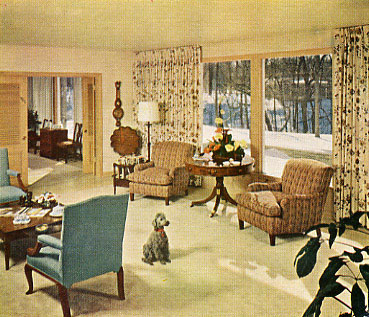
September 8, 2016; San Diego Union-Tribune
More than 5 million Americans live with Alzheimer’s, a disease that robs its victims of their memory and other intellectual abilities. As the most common form of dementia, Alzheimer’s is a slow and ultimately progressive disease that over time erases a patient’s recollection of the people, places, and experiences responsible for shaping his or her most formative years. While a cure for Alzheimer’s has not yet been discovered, various forms of therapy have provided personalized treatment plans for patients and their care partners. In San Diego, a collaborative partnership is creating a one-of-a-kind model of care that will aim to inspire positive memories for individuals living with Alzheimer’s.
George G. Glenner Alzheimer’s Family Centers, which operates three adult day-care centers in southern California, has partnered with the San Diego Opera’s Scenic Studio to create an indoor simulated urban environment, a replica of a San Diego Town Square circa the mid-1950s. Complete with a City Hall, Seaport Village-style eateries, and a miniature Balboa Park, the “faux city” will set the stage for a new model of reminiscence therapy for aging adults suffering from memory loss. The project will guide patient participants through deliberate interactions that that will hopefully stimulate long-term memories.
And according to Scott Tarde, CEO of the Glenner Center, reminiscence therapy can achieve more than just a trip down memory lane.
Sign up for our free newsletters
Subscribe to NPQ's newsletters to have our top stories delivered directly to your inbox.
By signing up, you agree to our privacy policy and terms of use, and to receive messages from NPQ and our partners.
The thought process of reminiscence therapy is it helps reduce agitation, improve mood and improve sleep quality. That translates to a better experience for the participant and especially for the family caregivers, who are the silent victims in this whole thing.
While this particular endeavor to construct a therapeutic yet artificial city is believed to be the first of its kind in the United States, the blending of the arts into a variety of therapeutic approaches is a trend that has been gaining ground for some time. As NPQ reported in 2015 for its nonprofit newswire, the pioneering “Meet Me” program that started in 2007 at the Metropolitan Museum of Art (MoMA) in New York provided access to arts-centered educational programs and resources for individuals with Alzheimer’s and dementia. Soon after, the program’s launch began to inspire similar, smaller-scale initiatives in art museums and galleries partnering with local chapters of the national Alzheimer’s Association.
As organizations continue to explore opportunities to integrate services for the benefit of individuals living with Alzheimer’s and other memory-robbing diseases, as well as their loved ones who provide around-the-clock care, Tarde says the San Diego-themed setting is just the first dot on what he hopes will become a very populated map of other simulated environments. “We believe this model will be transformative and we would like to see it replicated in every city across the nation. It will engage people in a different way, including the family members, who struggle every day with where to go with their loved ones.”—Lindsay Walker











